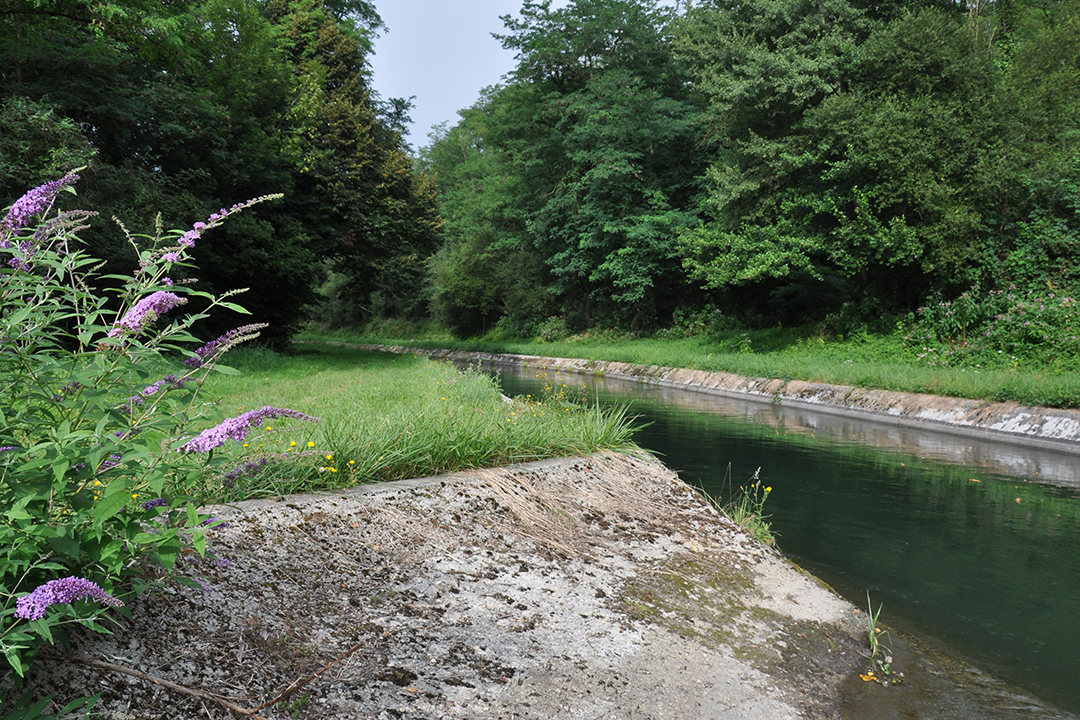Rivers
The Neste
The valley is named after this river. Originating as the Neste d’Aure and the Neste du Louron that flow through the high valleys of the same names, it becomes the Neste on leaving the Aure valley. “Neste” means river, like “gave”, the term used in neighbouring valleys. This mountain river crosses a number of villages before turning towards the Lannemezan Plateau, then heading East until it flows into the Garonne at Montréjeau.
It still retains the traces of former industrial activity, such as wood and marble floating, with the old factory and craft centre of Rebouc, mills and gravel quarries, and also feeds the Neste Canal.
A fabulous fishing ground, with a No Kill trail in Lortet, this river is also a sensitive natural environment and is vulnerable to human activity.

The Arros
This is the main river of the Baronnies valley. It takes its source at the foot of the Bassia mountains in the Gourgue d’Asque (Oueil de l’Arros site), and in the Artiguette stream. The upstream section of this river is very well preserved and rich in unique fauna and flora (Pyrenean desman, otter, lichen, etc.). The most iconic site it traverses is the Gourgue d’Asque, on the first stretch downstream from the source. All around, streams like the Ayguette (at Esparros) and the Avezaquet (in Avezac) all converge towards this river.

The Neste Canal
The Neste canal was built in 1863 at the initiative of Napoleon III. Its purpose was to artificially feed the rivers that flow across the Lannemezan Plateau towards Gers or Gascony, such as the Save, the Louge, the Gers or the Baïse. Of 28.6 km in length, it starts at Sarrancolin-Beyrède and flows at a rate of 14 m3 per second. As a major component of the Neste system, it plays a key role in the distribution of water. Highly abundant in the mountains, water is stored in upstream reservoirs and high dams, then redistributed via the canal and its distributaries to the plains and heathland areas of Gascony. This water is used for farming and irrigation, but also for drinking water, especially in the department of Gers. It is managed by the Compagnie d’Aménagement des Coteaux de Gascogne.
Take note: the banks of the canal are out of bounds to walkers, horse riders, cyclists and motorised vehicles.
The Lannemezan Plateau network
From the Lannemezan Plateau, the Neste canal feeds an extensive network of rivers and canals.
